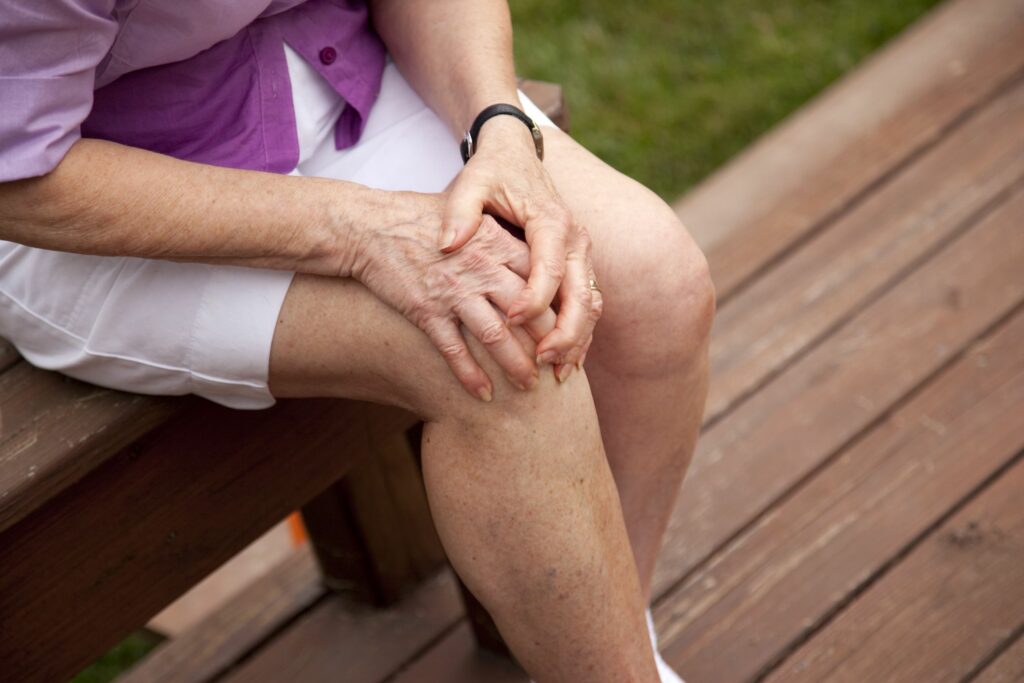Solution
Challenges
Between 2000 and 2050, the older population (80 years+) is projected to almost quadruple from approximately 100 million to 395 million people worldwide. Many of the elderly and patient groups such as patients with stroke or with incomplete Spinal Cord Injuries (SCIs) experience varying degrees of mobility impairment. Assistive devices play a pivotal role in their lives and impact on their ability to live independently and perform basic tasks of daily living. There are currently 3.2 million wheelchair users in Europe and further 40 million people who cannot walk without an aid. Yet most assistive devices, such as powered wheel chairs, do not encourage or support the activation of legs. XoSoft, an EU-funded research project, aimed at developing a class I medical device for these and other user groups to answer their need for low to moderate mobility assistance.
Application areas
The XoSoft project focused on the development of a soft, modular, lower limb exoskeleton that could be worn to assist leg strength and support. The main area of application was in the healthcare sector, particularly for the elderly and for people with disabilities.
XoSoft helped increase mobility and improved the health and quality of life of people with walking impairments. The needs of multiple stakeholders were included in the design process. The user groups who were actively involved and whose needs were specifically detailed in the design specifications were; primary users, secondary users, and tertiary users.

Primary Users
This person, also known as the end user, is the person who would wear the device.
- People with muscle weaknesses
- Elderly person
- Individuals with mobility impairment
- Patients with stroke

Secondary Users
Persons or organisations who have contact with the primary user to offer care and support.
- Doctor
- Physiotherapist
- Carer
- Family Member

Tertiary Users
Institutions or groups who don’t have direct contact with the primary user but somehow contributes to enabling them.
- Social Welfare
- Health insurance
- Policy Makers
- Advocacy Groups
Technologies
This project aimed to deliver a modular exoskeleton for the lower limb made of soft materials as an assistive device for persons with low to moderate mobility restrictions. The novel device was intended to meet key EU Policy targets related to the domain of healthcare and robotics, as set out in the Robotics 2020 Multi-Annual Roadmap for Robotics in Europe and the Strategic Research Agenda for Robotics in Europe 2014 – 2020, which identified a need to develop assistive robotics “where the primary function of the robotic system is to provide assistive help either to carers or directly to patients either in hospital or in a specialist care facility”.
Smart Materials and Sensors
In recent years, research on smart materials had pushed a relevant development in soft tactile sensing, mainly due to the exploitation of novel materials (e.g. graphene, metallic nanowires, and organic compounds), and the rapid improvement of micro/nano-fabrication techniques in the field of flexible tactile sensors. Different soft materials (e.g. polymers, elastomers) allowed novel sensing capabilities not achievable with classical rigid systems. In XoSoft, the challenge was to develop a device that had high usability.
Smart Materials and Actuators
The development of exoskeletons using soft materials is an innovative field with many relevant potential applications. Approaches allowing more compact, low weight and comfortable solutions are strongly needed. A small number of important developments in this respect have been made, which will enable the development of soft exoskeletons.
Smart Materials and Actuators
The development of exoskeletons using soft materials is an innovative field with many relevant potential applications. Approaches allowing more compact, low weight and comfortable solutions are strongly needed. A small number of important developments in this respect have been made, which will enable the development of soft exoskeletons.
Biomimetic Control Systems and Integration
One important and specific feature of wearable robotics is the intrinsic interaction between human and robot. This interaction is twofold: first, cognitive, because the human controls the robot while it provides feedback to the human; secondly, a biomechanical interaction leading to the application of controlled forces between both actors. The fact that a human being is an integral part of the design is one of the most exciting aspects in the design of biomimetic and biomechatronics wearable robot.
Monitoring and Connected Health
Accurate monitoring of 3D absolute posture and movement of the subject is important for maintaining balance in XoSoft. In contrast to rigid exoskeletons, soft exoskeletons have similar degrees of freedom to a human not wearing a XoSoft.
